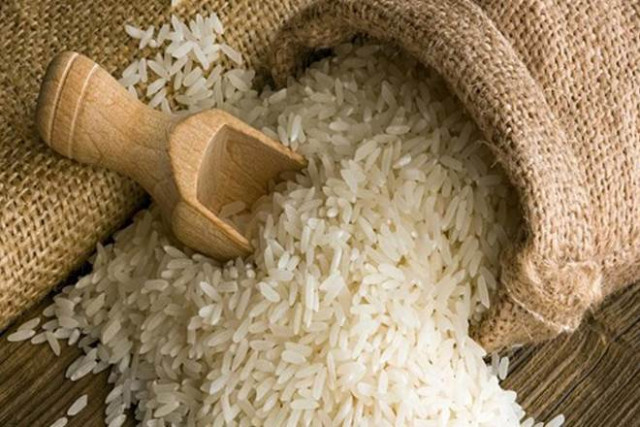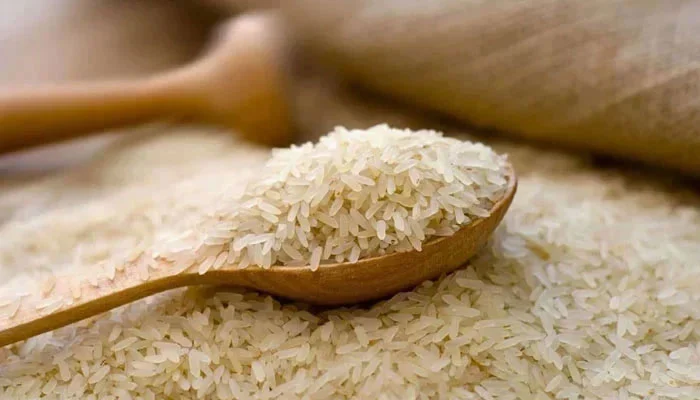Tags
Rice supply
One government official urged our local private rice traders to start importing more rice to improve our buffer against potential supply problems. Then, another said we have sufficient rice supply even with the typhoon damage, a less than expected production, and uncertainty in the international rice market.
Agriculture Usec Mercedita Sombilla said that the country’s stock of rice is good to last for 39 days, which is less than the mandated stocks good for 60 days.
But a few days later, Agriculture Usec Leo Sebastian said the Philippines has enough rice supply due to the 5.7 million metric tons (MT) of palay (unhusked rice) harvested during the dry season and the additional 1.9 million MT of imported rice in stock.
Last year, the Philippines imported 3.79 million MT of rice, including 3.16 million MT sourced from Vietnam. Other shipments came from Myanmar, Pakistan, and Thailand.
Sen. Grace Poe pointed out that Vietnam, which supplies more than 90 percent of the Philippines’ rice imports, already increased its price to $600 per MT compared to the previous $500 per MT.
Sen. Poe said Filipinos consume 118.81 kilograms or two sacks of rice each on average a year. According to Philippine Statistics Authority data, the Philippines is only 81.5 percent rice self-sufficient.
As of now, there is no rice crisis. But the stock of 39 days the DA claims is thin compared to the standard 60 to 90 days. So, there are good reasons for preemptive moves to avert a rice supply crisis. But the government’s options are now limited.
Under the Rice Tariffication Law, the government cannot import rice. Only the private sector can. This was supposed to fix the problems caused when the government, through the National Food Authority, was importing for the country. RTL allows anyone to import rice at any time with no need for approval by higher government authorities.
But the private rice traders are reluctant to import now. It is understandable. According to the Food and Agriculture Organization (FAO), the world rice price index has jumped to near a 12 year high in July due to strong demand and India’s ban on rice exports to stabilize their domestic price. India accounts for 40 percent of rice exports that are now out of the market.
Our rice traders do not want to be caught with high priced rice if the world rice price goes down as quickly as it has risen. Besides, our government may impose price controls preventing them from recovering their import cost. Perhaps, the government should temporarily suspend the 30 percent tariff on imported rice to give traders leeway.
In any case, our rice traders also prefer a market environment that is nervous about sufficient supply. This enables them to increase their profit margins. The rice traders, like our other food traders in onions, sugar, etc., operate like a cartel. They coordinate their moves, negating the much-desired operation of free market forces.
This nullifies the assumption of our free-market economists about market forces assuring us that the private rice traders will readily import when there is market need and keep prices stable. Economic assumptions can crumble when it gets in contact with people.
Dealing with a bunch of rice traders is not easy. It is time for the President to talk to the conglomerates with the facilities, trading ability, and financial muscle to import grains and other food products to start importing rice now to build up a decent stockpile. Given proper incentives, the conglomerates should be ready to help.
San Miguel has time and again made sounds that they are ready to import rice if the government requests them. They can import in bulk, not in sacks, which reduces handling costs. They have modern grain receiving and storage facilities with the right temperature and humidity controls that can store grains longer than NFA and most of the ordinary rice traders can.
There are other conglomerates that can help. RFM has long been importing wheat used to make flour and should be able to shift some of their facilities for rice. The SM Group and Universal Robina should be more than glad to pitch in if called upon by the President. It is not all public service because they can make money too on the rice trade.
The nice thing about dealing with the conglomerates is that they are visible. It is more difficult to control faceless rice traders operating out of dark bodegas in Divisoria. The conglomerates have more reasons to behave than the Divisoria rice traders.
So there… a solution to a potential problem if the government wants a solution.
The President must be decisive in containing any increase in rice prices, specially because food price inflation specifically for the bottom 30 percent of our population is still quite high. Overall July inflation easing to 4.7 percent and 6.8 percent for January to July will make Ben Diokno dance with joy, but for the bottom 30 percent of our population, it is still at a high of 5.2 percent for July and 7.6 percent for January to July.
Food inflation is still a problem. Inflation for sugar and vegetables is at 22 percent in July. Bread is at 10.7 percent and milk is at eight percent. The poor are badly affected because the bulk of their consumption (up to 80 percent) is spent on basic necessities, such as food, electricity, water, and transportation that are all above normal inflation rates.
As an economist friend puts it, when BBM said in his SONA bumaba ang presyo ng pagkain, he mistook slowing down in inflation with a significant decline in prices. Bumagal lang ang pagtaas ng presyo pero mataas pa rin.
No wonder the national Social Weather Survey of June 28 to July 1, 2023, found that 10.4 percent of Filipino families experienced involuntary hunger – being hungry and not having anything to eat – at least once in the past three months. The June 2023 hunger figure was higher than the 9.8 percent in March 2023.
The President must make a decisive move to assure our rice supply. He must bring down food inflation because too many of our people are already going hungry.
https://www.philstar.com/business/2023/08/07/2286684/rice-supplyPublished Date: August 7, 2023





